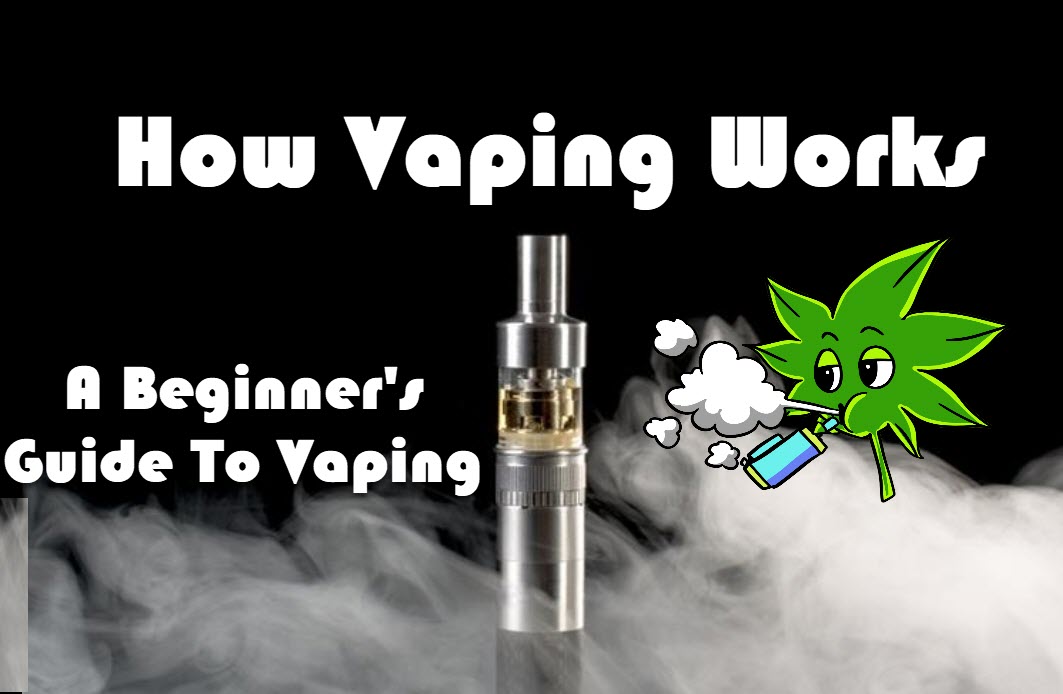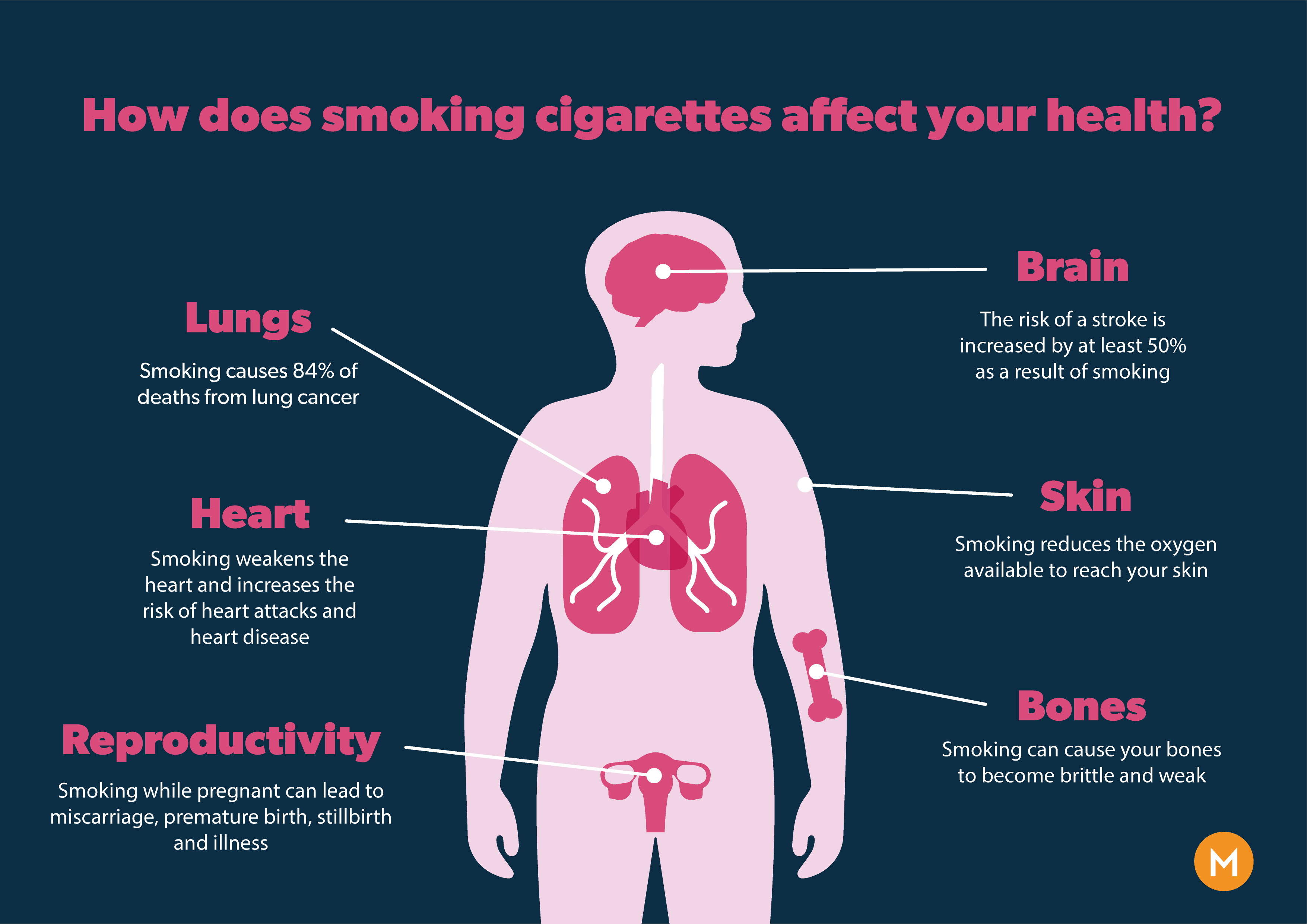Table Of Content

An electronic cigarette (e-cigarette) is a device that heats up the liquid nicotine and flavoring for you to breathe in. There are many varieties of e-cigarettes that go by different names, including vapes, vape pens or sticks, e-hookahs, hookah sticks, mods and personal vaporizers (PVs). They can also be collectively called electronic nicotine delivery systems (ENDS). Vaping is when you use a handheld electronic device to breathe a mist (“vapor”) into your lungs. An e-cigarette, vape pen or other electronic nicotine delivery system (ENDS) heats a liquid of nicotine, flavoring, propylene glycol and other additives into an aerosol that you inhale through a mouthpiece. Vaping can cause breathing problems, organ damage, addiction and other conditions.
In secondhand vape, scientists smell risk
This is a condition that affects the smallest airways of the lungs and can lead to coughing and shortness of breath. In a recent study, about 18% of people who switched to vaping had been able to quit smoking. That’s about twice as many people as those who used other methods to quit smoking. Of people who used other methods, 91% kicked nicotine products altogether.

Hidden risks
Both vaping and smoking are addictive and bring potentially dangerous chemicals into your body. Vaping hasn’t been around long enough to know what kind of long-term damage it might cause. Respiratory symptoms assessed, based on prior reports of effects of vaping,15 18 were bronchitic symptoms, wheeze and shortness of breath during the previous year.
Study design
There's a lot that's still unknown about the harms of secondhand vaping, but research suggests that bystanders who breathe in the aerosol might be exposed to toxins. It's unclear how exposure to these toxins might impact health, but it's possible that repeated exposure could impact lung function in the long term. What might be considered safe for the average workplace employee could still pose serious health risks for more medically vulnerable populations. This article explains the toxins found in vaping aerosol, the factors affecting secondhand vaping, and potential health effects. In addition to nicotine, the aerosols include heavy metals such as lead, nickel and zinc, cancer-causing substances such as benzene, and diacetyl, which has been linked with a condition nicknamed "popcorn lung" in people who vape.
E-cigarette use raises heart failure risk by 19%
However, it is possible that they cause cancer due to all of the chemicals they bring into the lungs. Inhaling diacetyl causes inflammation and may lead to permanent scarring in the smallest branches of the airways which makes breathing difficult. Sufferers often complain of wheezing, coughing, shortness of breath and chest pain. There is no treatment for popcorn lung, but symptoms can often be managed. While researchers have been able to identify the chemicals noted above and the harm they cause, there are literally thousands more to analyze.
What harm does second-hand fumes from vaping cause to young lungs? Medical experts want to know - KGO-TV
What harm does second-hand fumes from vaping cause to young lungs? Medical experts want to know.
Posted: Fri, 08 Nov 2019 08:00:00 GMT [source]
The Bottom Line: Vaping Inside and the Possible Effects
Many study participants with secondhand nicotine vape exposure were also exposed to a variety of other tobacco and cannabis products (online supplemental table S2). Disentangling the effect of secondhand nicotine vape exposure on respiratory symptoms from effects of other products was challenging. However, the models provided stable estimates of secondhand nicotine vape effects after adjustment for coexposures. As previously reviewed, many studies have shown that e-cig aerosols are safer than t-cig smoke (100). However, substantial evidence indicates that e-cig aerosols are not safe to cells in vitro or animals in vivo.
Pregnant people
Nearly a quarter of those trying to conceive said they regularly or occasionally vaped, according to the report by the women’s health firm Hertility based on data from 325,000 women, mostly in their 20s and 30s. The study was conducted in the UK and was based on analysis of anonymised data. As of January, punishment for RISD students caught with a nicotine vape was reduced from 30 days to 10 days upon completion of a mandatory nicotine education course.
In the United States, the total number of current e-cig users in middle schools and high schools increased from 0.3 million in 2011 to 3.6 million in 2018 (23). Similar increases among adolescents have been observed in other countries, such as the United Kingdom, Canada, South Korea, New Zealand, Finland, and Poland (9, 12). If you really want to avoid the negative health effects of secondhand vaping, you may just want to not hang out with your friends while they're using e-cigarettes. Or, if you're reading this and you are an e-cigarette user who's not ready to give it up yet, at least don't vape around other people (especially kids). Just like people around smokers can breathe in cigarette smoke, it’s possible to breathe in e-cigarette aerosol if you’re around someone vaping.
Potential Health Effects of Secondhand Vaping
Secondhand smoke isn’t as dangerous as inhaling directly from a cigarette, but regular and prolonged exposure to it is considered a serious hazard. We may actually know more about the risks to bystanders than to vapers themselves. Based on standards for workplace exposure to inhaled chemicals and metals, scientists can estimate whether the toxic constituents present in “secondhand vapor” might make vaping harmful to "accidental vapers." Based on the results of the 2018 Annual Asthma Survey by the Asthma UK and British Lung Foundation Partnership, 14 percent of people with asthma reported that vaping or exposure to secondhand vape triggered their asthma symptoms. Vapes do not emit secondhand smoke like regular cigarettes or combustibles do, and can therefore typically be used in bars, restaurants, and other indoor public places.
Unfortunately, studies on mitigation measures that may inform policy are still limited. The respiratory and cardiovascular effects of e-cig aerosols were also examined in human studies; most of these focused on the effects of active e-cig use, with only a few studies on secondhand exposures. As indicated by circulating concentrations of cotinine, doses in e-cig active exposure studies are usually higher than those in secondhand studies (Table 1). The results of these studies suggest likely short-term effects (≤2 h exposure) of e-cig aerosols on preclinical end points (Figure 1).
As such, its management should include strategies to prevent it from developing in the first place. Knowing that e-cigarettes could potentially lead to this type of heart failure is important (in) drawing up preventive interventions,” he explained. There are many media outlets that bash vaping in general, nevermind doing it indoors, but there the studies actually show there is no evidence to back up these claims. The opposite seems to be true, the studies show the vape particles are minuscule and will not cause harm to others.
Secondhand smoking exposure at each wave was defined based on reports of secondhand exposure to combustible tobacco. Secondhand cannabis exposure at each wave was defined based on participants’ responses that anyone in the household ‘smoked or vaped cannabis’. Asthma status of the subjects did not substantially affect the effect estimates observed between secondhand nicotine vape exposure and the respiratory outcomes (online supplemental table S4). Although the effects of e-cigs on human health are not yet fully understood, the high levels of indoor air pollutants produced by e-cigs call for precautionary measures to protect public health.

No comments:
Post a Comment